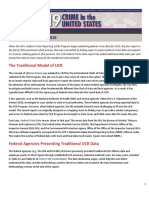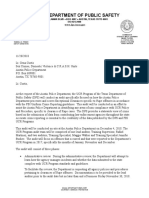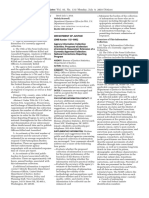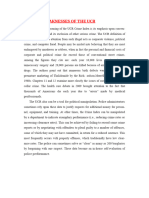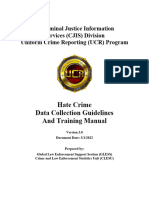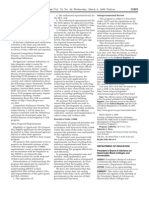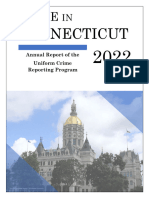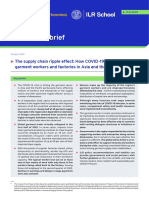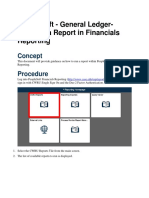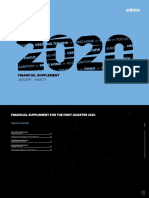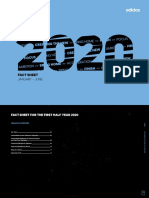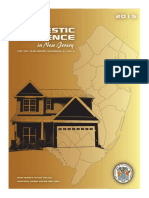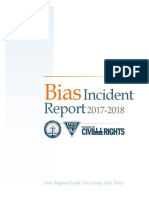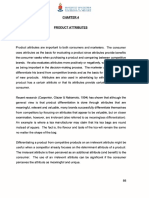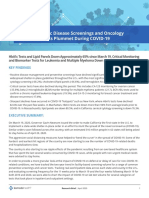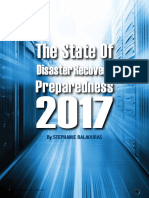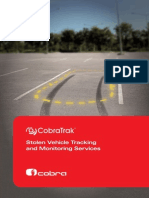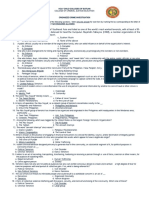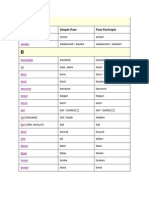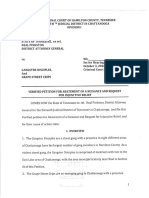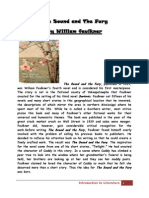0% found this document useful (0 votes)
83 views14 pagesProgram News: Section 1 - Message To Program Participants
The document provides updates on several programs and initiatives related to crime data collection and analysis. It announces that the pilot project for the National Use-of-Force Data Collection has begun. It also notes that the Crime Data Explorer is now accessible online for exploring local, state, and national crime data. Finally, it provides an update on the UCR Technical Refreshment project to modernize the Uniform Crime Reporting system, including expected differences in data between the new and legacy systems.
Uploaded by
Sanjeev ThadaniCopyright
© © All Rights Reserved
We take content rights seriously. If you suspect this is your content, claim it here.
Available Formats
Download as PDF, TXT or read online on Scribd
0% found this document useful (0 votes)
83 views14 pagesProgram News: Section 1 - Message To Program Participants
The document provides updates on several programs and initiatives related to crime data collection and analysis. It announces that the pilot project for the National Use-of-Force Data Collection has begun. It also notes that the Crime Data Explorer is now accessible online for exploring local, state, and national crime data. Finally, it provides an update on the UCR Technical Refreshment project to modernize the Uniform Crime Reporting system, including expected differences in data between the new and legacy systems.
Uploaded by
Sanjeev ThadaniCopyright
© © All Rights Reserved
We take content rights seriously. If you suspect this is your content, claim it here.
Available Formats
Download as PDF, TXT or read online on Scribd
/ 14



